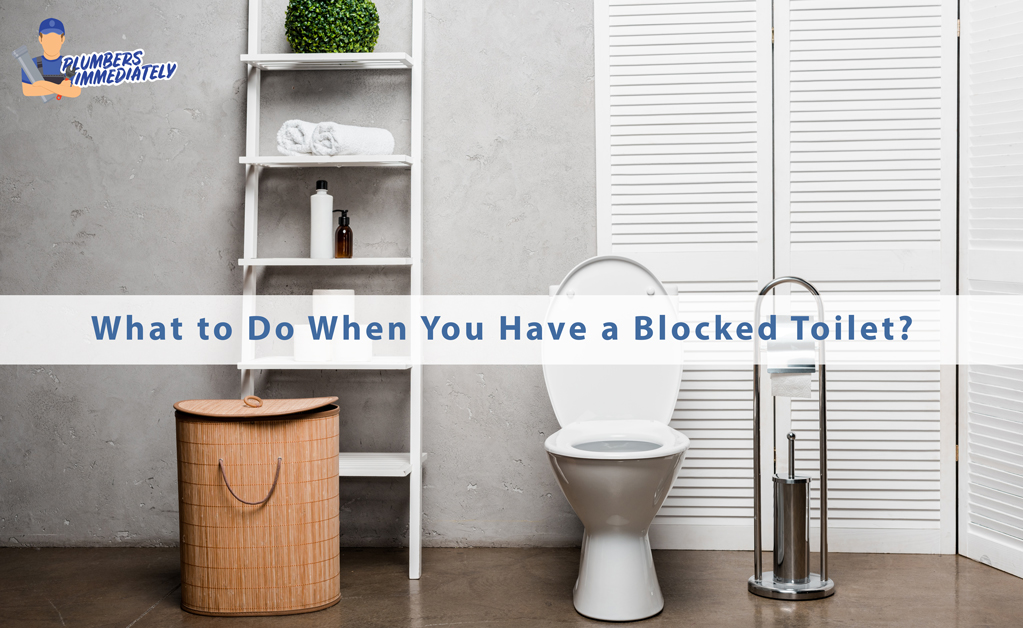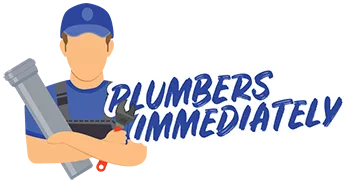My Toilet Is Blocked
“My toilet is blocked” is one of the most common complaints our customer service team encounters. It’s a frustrating situation that can turn a normal day into a plumbing nightmare. Whether you’re facing this issue for the first time or it’s a recurring problem, don’t worry – we’ve got you covered with this comprehensive guide on how to deal with a blocked toilet.
Understanding the Problem:
Why Do Toilets Get Blocked?
Before we dive into solutions, it’s important to understand why toilets get blocked in the first place. A blocked toilet drain can occur for various reasons:
- Excessive toilet paper: While toilet paper is designed to break down in water, using too much can lead to a blockage.
- Non-flushable items: Things like wet wipes, cotton balls or feminine hygiene products can easily clog the toilet.
- Hard water deposits: Over time, mineral buildup from hard water can narrow your pipes, making them more prone to blockages.
- Tree roots: In some cases, tree roots can infiltrate your sewer line, causing a major blockage.
- Faulty plumbing: Old or poorly installed plumbing can sometimes lead to recurring blockages.
Now that we understand the common causes, let’s look at how to tackle the problem when you find yourself saying, “My toilet is blocked!”

How to Unblock a Toilet
Step-by-Step Guide
- Assess the Situation: First things first, if you’ve clogged the toilet and it’s about to overflow, don’t flush again! This will only make the situation worse. Instead, remove the tank lid and push down the flapper to stop more water from entering the bowl.
- Grab Your Plunger: A plunger is your first line of defense against a blocked toilet. Make sure you’re using a flange plunger, which is designed specifically for toilets. Here’s how to use it effectively:
- Ensure there’s enough water in the bowl to cover the plunger’s head.
- Place the plunger over the hole at the bottom of the toilet bowl, creating a seal.
- Push down firmly, then pull up sharply. Repeat this motion several times.
- After about 20 plunges, flush the toilet to see if the blockage has cleared.
- Try a Toilet Auger: If the plunger doesn’t work, it’s time to bring out the big guns – a toilet auger (also known as a plumber’s snake). This tool can reach deeper into the pipes to dislodge stubborn blockages. Here’s how to use it:
- Insert the curved end of the auger into the toilet bowl.
- Turn the handle to extend the cable into the pipe until you feel resistance.
- Continue turning the handle to work through the blockage.
- Once you feel the resistance ease, retract the cable and flush the toilet.
- Use a Toilet Unblocker: Chemical drain cleaners can be effective, but use them sparingly as they can damage your pipes with frequent use. Always follow the manufacturer’s instructions carefully. Here’s a general guide:
- Pour the recommended amount of toilet unblocker into the bowl.
- Let it sit for the specified time (usually 15-30 minutes).
- Flush the toilet to see if the blockage has cleared.
- Try Natural Solutions: If you prefer a more eco-friendly approach, you can create a natural toilet drain unblocker using household items:
- Pour 1 cup of baking soda into the toilet bowl.
- Follow it with 1 cup of white vinegar.
- Let the mixture fizz for about 20 minutes.
- Flush the toilet to see if the blockage has cleared.
- Call a Professional: If none of these methods work, it might be time to call in a professional plumber. We have specialised tools and expertise to handle more severe blockages.
Preventing "Clogged The Toilet" Issues
Prevention is always better than cure. Here are some tips to keep your toilet drain clear:
- Be mindful of what you flush: Only flush toilet paper and human waste. Everything else should go in the trash.
- Regular maintenance: Consider using a bacterial-enzyme treatment monthly to keep your pipes clear.
- Address slow drains promptly: Don’t wait for a complete blockage to take action.
- Install a water softener: This can help prevent mineral buildup in your pipes if you live in a hard water area.
When to Seek Professional Help
While many blocked toilets can be resolved with DIY methods, some situations require professional intervention. Call a plumber if:
- You’ve tried multiple methods and the toilet remains blocked.
- You frequently experience toilet blockages.
- There are unusual sounds or odors coming from your plumbing.
- Multiple drains in your home are backing up simultaneously.
A professional plumber can not only unblock your toilet but also identify and address any underlying issues that may be causing recurring problems.
Now you are a pro:
Toilet Unblocker
A blocked toilet can be a stressful experience, but with the right knowledge and tools, it’s a problem that can often be solved quickly and efficiently. Remember, prevention is key – be mindful of what you flush, perform regular maintenance and address issues promptly.
If you find yourself repeatedly saying, “My toilet is blocked,” it might be time for a more thorough investigation of your plumbing system. Don’t hesitate to seek professional help if you’re facing persistent issues.
We hope this guide has given you the confidence to tackle toilet blockages head-on. Remember, whether you’re dealing with a simple clog or a more complex blocked toilet drain, there’s always a solution. Stay calm, follow these steps, and soon you’ll have your toilet flowing smoothly again.

